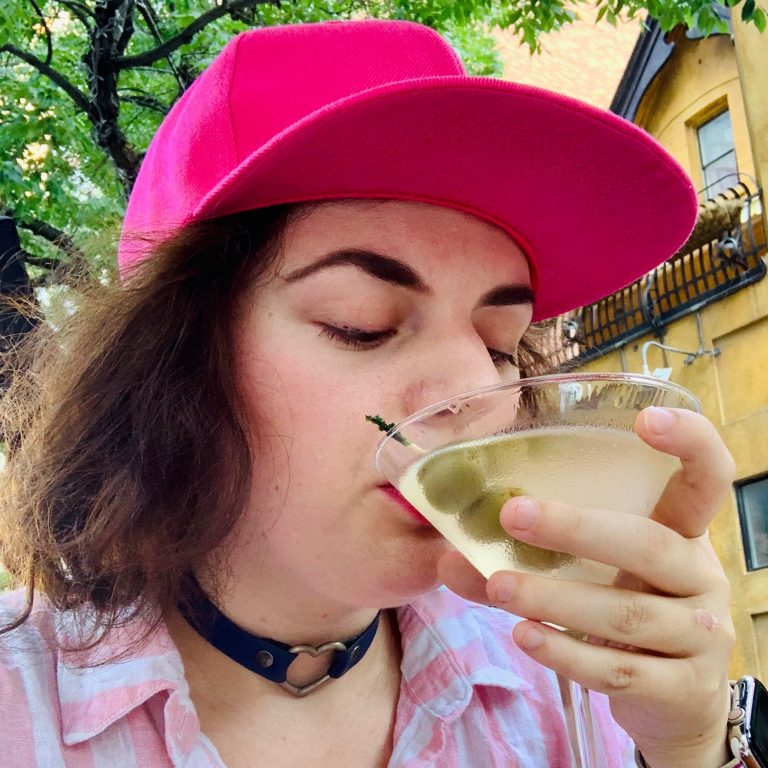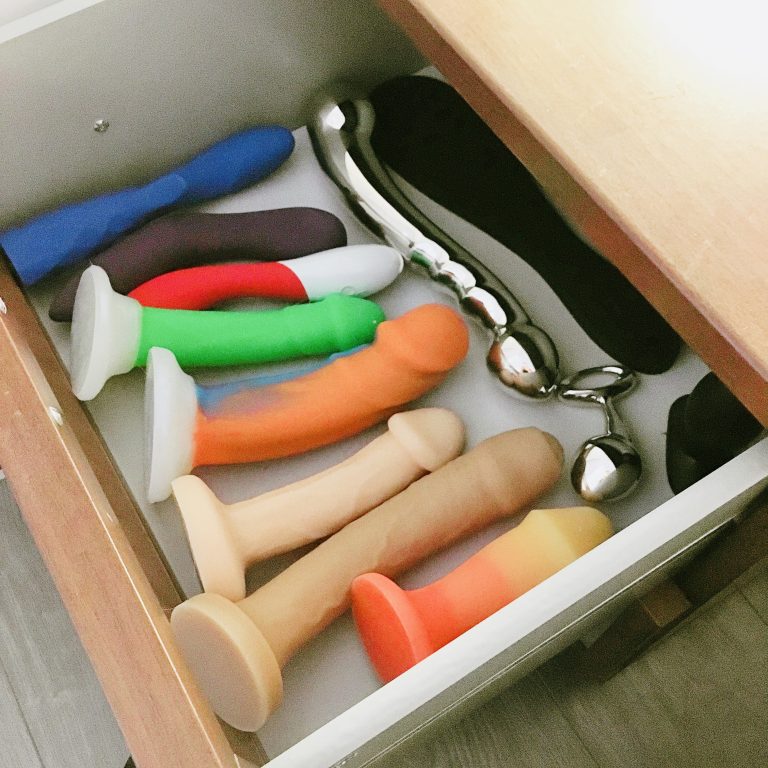
I’m a long-standing proponent of the self-date, but a pandemic is not exactly the best time to go on one, to say the least. Just because you’re by yourself doesn’t automatically mean you’re self-isolating to a medically appropriate degree, y’know?
We all have our own unique lifestyles, financial situations, and risk tolerance levels in these scary times, so I know not all of these suggestions will work for you, whether due to geographic limitations, immunosuppression, anxiety, money, or any other factors. But here are some ideas for self-dates in pandemic times. Take what works for you (and what doesn’t terrify you) and leave the rest.
For the purposes of this post, let’s assume that ALL of the following activities will be performed while wearing a mask (if applicable – there are a few where it wouldn’t make sense, like those involving eating or drinking), staying several feet away from anyone you encounter, avoiding touching things as much as possible, washing your hands whenever you can, and using hand sanitizer as needed. Okay? Okay.
Go on a really long walk. This has become one of my sanity-saving measures in COVID times. It gets you outside, it gets your body moving, but it doesn’t necessarily require you to interact with anyone or endanger anyone, including yourself. Load up your phone with podcasts that make you laugh or music that makes you smile, slather yourself in sunscreen, try not to get too frustrated when the warm air emerging from your mask fogs up your sunglasses, and enjoy the day as best you can.
Read a book somewhere pretty. I’m fortunate to live within walking distance of Toronto’s harborfront; I’m sure there’s somewhere idyllic near you, even if it’s just the tiny dog park across the street. Bring a blanket so you don’t have to worry about sitting on mud, etc.
Talk on the phone from an unfamiliar location. Okay, this is more of a friend-date (or date-date) than a self-date, but you’re still physically by yourself so it kinda counts! If there’s someone you miss and are dying to talk to, you may as well do it in a locale more exciting than the house/apartment/room you’ve been trapped in for months. Take your phone (and maybe a hands-free headset situation) to a park, or a lake, or a quiet alley.
Do a selfie photoshoot in public. I can already hear you yelling that this would be embarrassing and strange. I know. That’s kind of the point of this one. We live in an era when social norms are breaking down because the world is kinda breaking down. You might as well tote a selfie stick to a place with a good backdrop and take some goofy shots of yourself in your mask et al. You can think of it as a historical document you’re creating so future sociologists will see what these times were like – or it can just be something you look back on in a couple years and (hopefully) think, “Thank god that’s over.” Bonus points if you do your makeup for the occasion (albeit only on the parts of your face that’ll be visible!).
Pick up a to-go meal from your favorite restaurant, if it’s still in operation (womp womp). This is a good excuse to go on a journey, and is also fancier and more self-care-y than just heating up another frozen burrito in your microwave. (No? Just me?)
Deliver food or gifts to someone you love. You don’t have to get anywhere near them to do this; you can just leave it on their stoop or in their mailbox, and text or call to let them know. Probably your isolated elderly great-aunt could use some toilet paper or your best friend would appreciate some basil from your herb garden.
Assign yourself a scavenger hunt. Go for a walk and… take a photo of every pink thing you see? Try to walk along 5 streets you’ve never set foot on before? Bird-watch? People-watch (from afar)? There’s always something to see, if you’re looking.
Arrange a movie night for yourself. Go all out: pick two films that work well as a double feature, plan your menu (even if it’s just popcorn and a beer), ask your friends to watch along with you if you feel like it, and settle in for a nice night of entertainment.
Be near water. If there are no oceans or lakes or rivers or streams or ponds within walking distance of you, maybe there’s an outdoor fountain or a mostly-closed wading pool or somesuch. Clementine Morrigan says being near water is good for calming your nervous system and I am inclined to agree.
Visit a significant (outdoor) place from your past, like a neighborhood you used to live in or a park where you had your first kiss. Take your journal, if you’re that way inclined, and write about how the place makes you feel and what memories it brings up.
Learn to make a new meal/drink/treat. Have you ever tried to do this with a partner? It can be wonderfully silly and fun, and there’s no reason you can’t have that same type of experience solo. The internet is full of recipes for delicious delicacies, beautiful baked goods, and top-notch tipples. Best of all, you’ll have something yummy to show for your travails when you’re done.
Take a decadent bath. Who says dates have to involve leaving your house? You can jazz up a bath (or even a languorous shower) with all sorts of goodies: beautifully-scented body wash, Epsom salts, candles, hot oil hair treatments… or just bring a waterproof sex toy in with you and call it a day!
Buy a new sex toy. A lot of sex shops are offering curbside pickup now, and they need your financial support more than ever – so if you have the means, why not buy yourself a pleasurable treat? Then take it home and seduce yourself…!
Go geocaching. I’ve never done this but it seems like a relatively low-risk thing to do these days as long as you stick to little-trafficked areas and thoroughly sanitize anything you take home with you. Here’s a video where Justin McElroy explains how to geocache.
Eat/drink on a patio. Many people still have very mixed feelings about doing this, which is very reasonable, and I wouldn’t blame you for wanting to skip this one. Where I am, in Toronto, patio tables have to be properly distanced from each other, waitstaff have to get your info on file for contact-tracing, and masks and hand sanitizer are everywhere – so I feel pretty safe sitting down for a drink or a small meal at local places I hope don’t go under. Bring a book or other diversion, be polite as hell to the staff (they have it rough right now), and tip generously.
How have you been romancing yourself and going on self-dates in these difficult times? Or what would you like to be doing?



